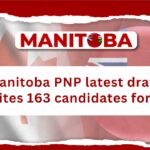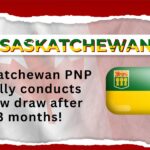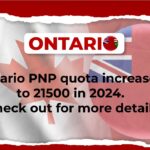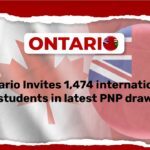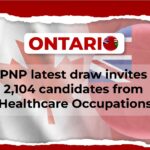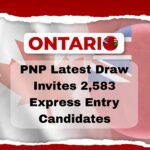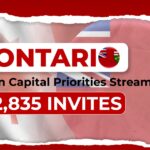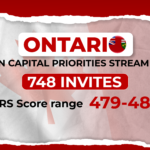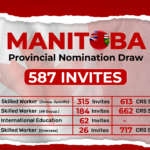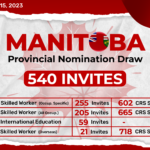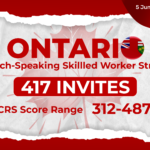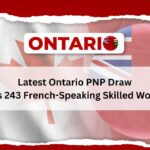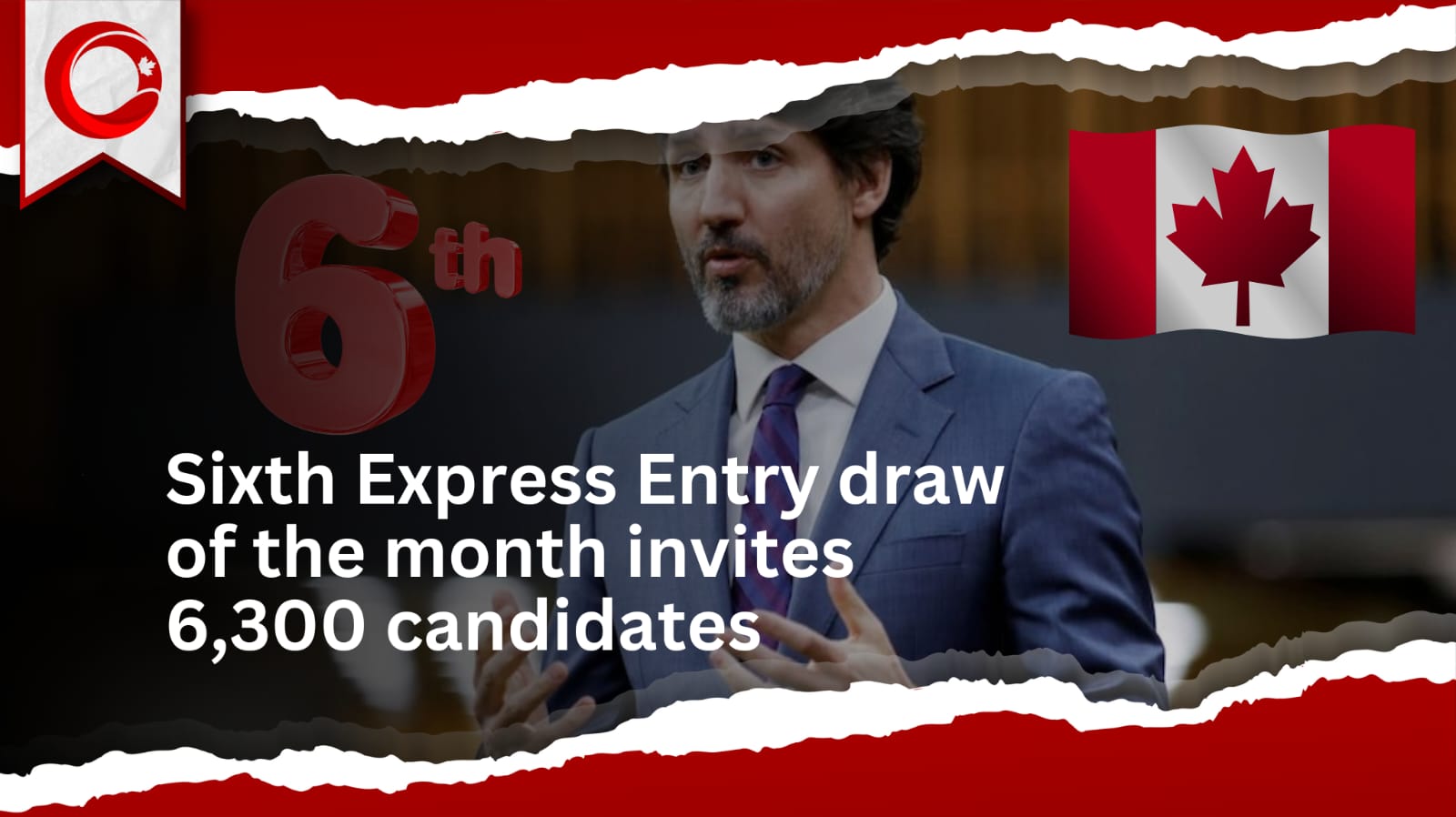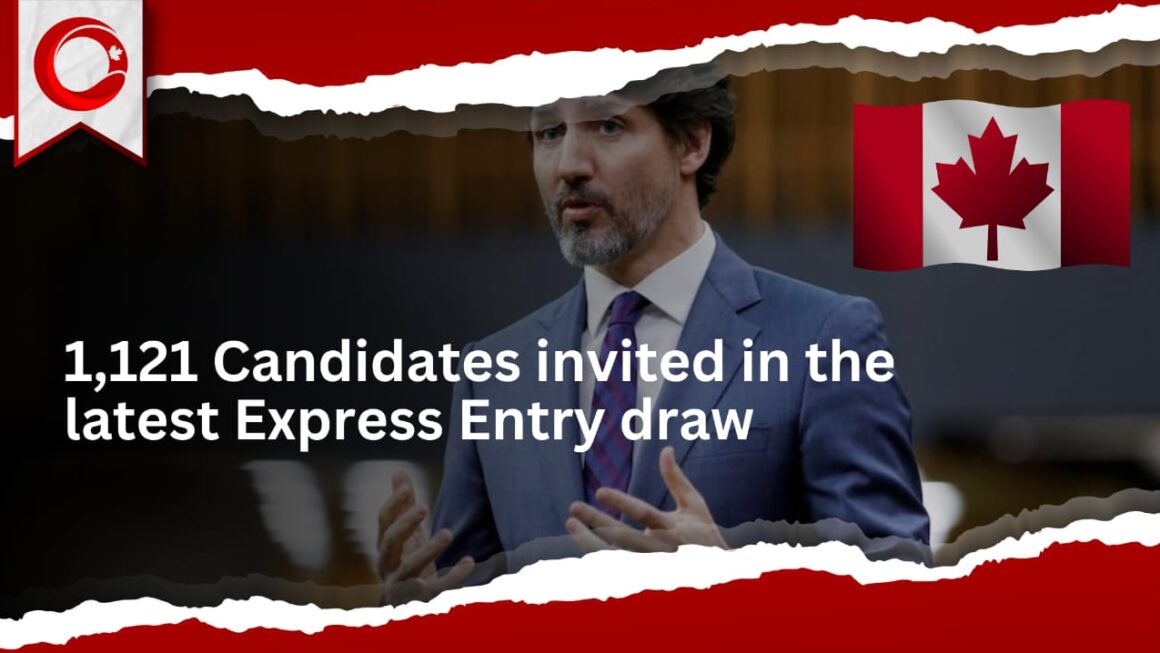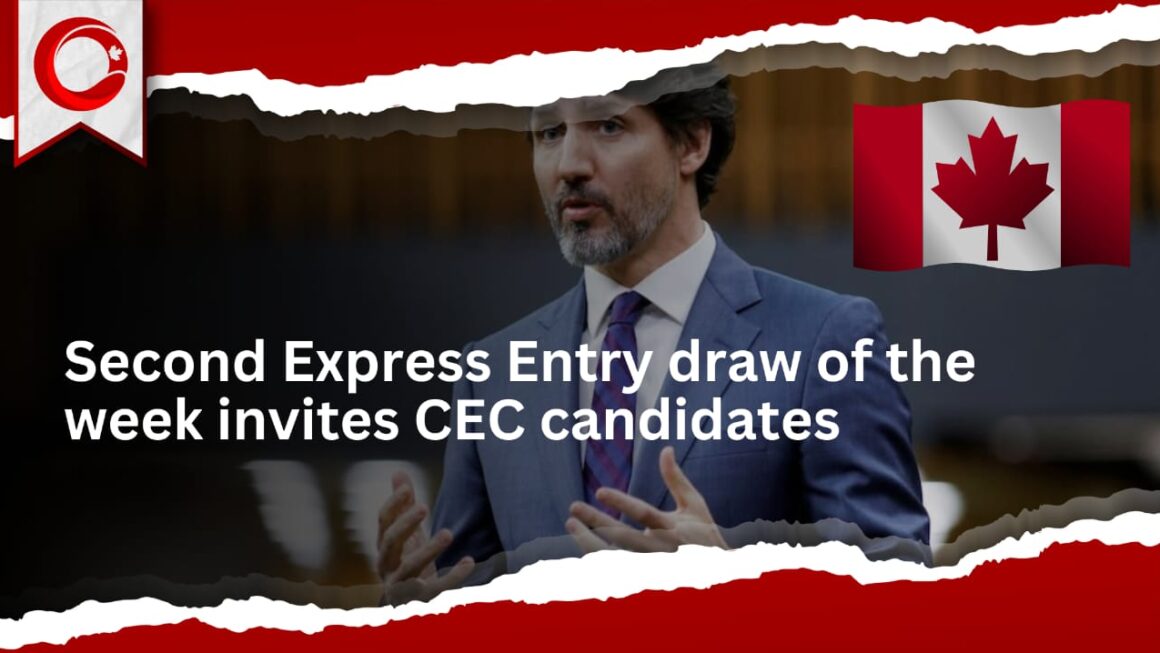Table of Contents
- Sixth Express Entry draw
- Understanding the Express Entry System
- Sixth Express Entry Draw Details
- Implications for Prospective Immigrant
- Canada’s Immigration Goals and Economic Impact
- Practical Tips for Express Entry Candidates
- Closing Thoughts
Sixth Express Entry draw
In a significant move towards meeting its immigration targets for 2024, Canada conducted its sixth Express Entry draw of the month, inviting 6,300 candidates to apply for permanent residency. This draw, one of the largest in recent months, underscores Canada’s commitment to welcoming skilled immigrants who can contribute to the country’s economic growth and diversity. In this comprehensive overview, we will delve into the details of the draw, the Express Entry system, and the broader implications for prospective immigrants.
Understanding the Express Entry System
What is Express Entry?
Express Entry is an online immigration application system introduced by Immigration, Refugees and Citizenship Canada (IRCC) in January 2015. It manages applications for three key federal economic immigration programs:
- Federal Skilled Worker Program (FSWP)
- Federal Skilled Trades Program (FSTP)
- Canadian Experience Class (CEC)
Candidates eligible for any of these programs can create an Express Entry profile, which is then entered into a pool of candidates. The profiles are ranked based on the Comprehensive Ranking System (CRS), which assigns points for factors such as age, education, work experience, language proficiency, and other criteria.
Comprehensive Ranking System (CRS)
The CRS is a points-based system used to assess and score candidates in the Express Entry pool. The CRS score determines a candidate’s rank within the pool and ultimately their chances of receiving an Invitation to Apply (ITA) for permanent residency. The maximum CRS score is 1,200 points, with points awarded for:
- Core Human Capital Factors: Age, education, language skills, and work experience.
- Skill Transferability Factors: Combinations of education, language skills, and work experience.
- Additional Factors: Provincial nomination, a valid job offer, Canadian education credentials, siblings in Canada, and French language proficiency.
Sixth Express Entry Draw Details
Key Statistics
The sixth Express Entry draw of the month invited 6,300 candidates, a substantial number reflecting Canada’s ongoing efforts to address labor shortages and support economic recovery. Here are the key statistics from the draw:
- Number of Invitations Issued: 6,300
- Minimum CRS Score Required: 480
- Draw Type: All-program draw (inviting candidates from FSWP, FSTP, and CEC)
Comparison to Previous Draws
The sixth draw stands out due to the high number of invitations issued, which is significantly above the monthly average. This surge in invitations can be attributed to Canada’s increasing immigration targets and the need to attract skilled workers to fill labor market gaps.
In previous months, the number of invitations issued in Express Entry draws varied, with some draws focusing on specific programs like the Canadian Experience Class or the Provincial Nominee Program. The all-program nature of this draw indicates a broad approach, targeting a wide range of skilled workers across various sectors.
Implications for Prospective Immigrants
Increased Opportunities
The issuance of 6,300 invitations in a single draw provides increased opportunities for candidates in the Express Entry pool. A higher number of ITAs means that candidates with slightly lower CRS scores also have a chance of being invited, broadening the pool of potential immigrants.
Strategic CRS Score Improvement
For candidates not yet invited, this draw serves as a reminder of the importance of strategically improving their CRS scores. Prospective immigrants can enhance their scores by:
- Improving Language Proficiency: Taking additional language tests and achieving higher scores in English or French.
- Gaining More Work Experience: Accumulating additional years of skilled work experience.
- Pursuing Further Education: Completing higher education credentials or obtaining Canadian education qualifications.
- Obtaining a Provincial Nomination: Applying for a provincial nomination through a Provincial Nominee Program (PNP), which can add 600 points to the CRS score.
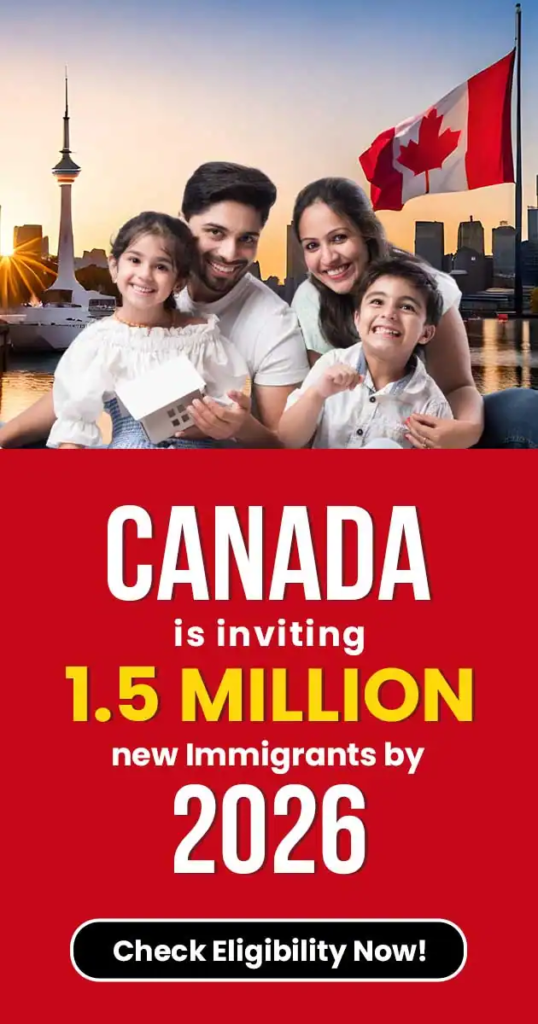
Provincial Nominee Programs (PNPs)
Provincial Nominee Programs play a crucial role in Canada’s immigration system. Many provinces and territories have their own PNPs, allowing them to nominate candidates who meet specific local labor market needs. Candidates with a provincial nomination receive an additional 600 CRS points, virtually guaranteeing an ITA in subsequent Express Entry draws.
Adapting to Immigration Trends
Prospective immigrants should stay informed about immigration trends and policy changes. Regular monitoring of Express Entry draw results and updates from IRCC can help candidates adapt their strategies and take timely actions to improve their chances of receiving an ITA.
Canada’s Immigration Goals and Economic Impact
Addressing Labor Shortages
Canada’s robust immigration policies are designed to address labor shortages across the country. The sixth Express Entry draw of the month aligns with the government’s objective to attract skilled workers in sectors experiencing high demand. By inviting a large number of candidates, Canada aims to fill critical positions in healthcare, technology, engineering, and other key industries.
Supporting Economic Growth
Immigration is a cornerstone of Canada’s economic strategy. Skilled immigrants contribute to the economy by filling labor gaps, driving innovation, and supporting local businesses. The recent draw reflects Canada’s proactive approach to economic recovery and growth in the post-pandemic era.
Enhancing Diversity
Canada’s multicultural landscape is enriched by the diverse backgrounds and experiences of immigrants. The Express Entry system, by inviting candidates from various countries and professions, helps maintain and enhance this diversity. The integration of skilled workers from different cultural backgrounds fosters innovation and strengthens community ties.

Practical Tips for Express Entry Candidates
Stay Informed and Prepared
- Regular Profile Updates: Keep your Express Entry profile updated with any new qualifications, work experience, or changes in personal circumstances.
- Monitor Draw Results: Regularly check the results of Express Entry draws and stay informed about changes in CRS cut-off scores and program-specific draws.
- Seek Professional Advice: Consider consulting with an immigration consultant or lawyer to get personalized guidance and improve your application strategy.
Focus on Language Skills
- Language Tests: Prepare thoroughly for language proficiency tests (IELTS, CELPIP, TEF) and aim to achieve the highest possible scores.
- Continuous Improvement: Engage in continuous learning and practice to enhance your language skills, which can significantly boost your CRS score.
Explore Provincial Nominee Programs
- PNP Research: Research various Provincial Nominee Programs to identify those that align with your skills and qualifications.
- Targeted Applications: Apply to PNPs that match your profile, as obtaining a provincial nomination can dramatically increase your chances of receiving an ITA.
Closing Thoughts
The sixth Express Entry draw of the month, inviting 6,300 candidates, highlights Canada’s ongoing commitment to welcoming skilled immigrants and addressing labor market needs. For prospective immigrants, this draw presents increased opportunities and underscores the importance of strategic planning and preparation. By understanding the Express Entry system, improving CRS scores, and staying informed about immigration trends, candidates can enhance their chances of securing an invitation to apply for permanent residency in Canada. As the country continues to prioritize skilled immigration, now is an opportune time for aspiring immigrants to take proactive steps towards realizing their Canadian dream.


